UPSC Exam > UPSC Notes > Medical Science Optional Notes for UPSC > CML: Pathology
CML: Pathology | Medical Science Optional Notes for UPSC PDF Download
| Table of contents |

|
| Pathogenesis of CML |

|
| CML Clinicopathology |

|
| Cirrhosis of Liver - Etiology |

|
| Cirrhosis of Liver - Pathogenesis |

|
| Cirrhosis of Liver - Histopathology |

|
Pathogenesis of CML
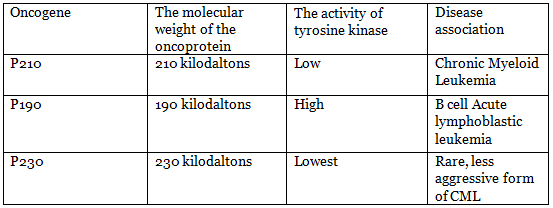
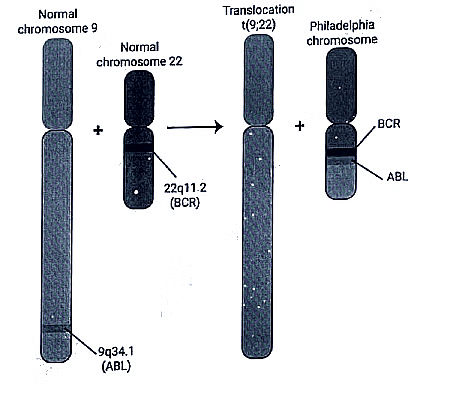
CML Clinicopathology

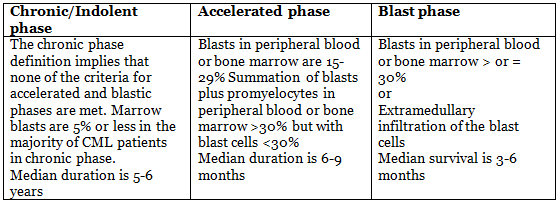
- Asymptomatic
- CML burden
- Thrombotic/Hyperviscocity related features
- Platelet dysfunction
Question for CML: Pathology
Try yourself:
Which feature is associated with thrombotic/hyperviscosity-related manifestations in CML?View Solution
Cirrhosis of Liver - Etiology
Cirrhosis is described as a widespread condition marked by fibrosis and the transformation of the typical liver structure into structurally irregular nodules. The extent of cirrhosis varies depending on the size of these nodules-

 |
Download the notes
CML: Pathology
|
Download as PDF |
Download as PDF
Cirrhosis of Liver - Pathogenesis
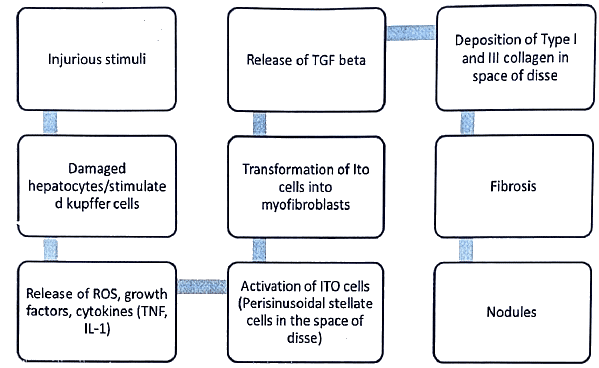
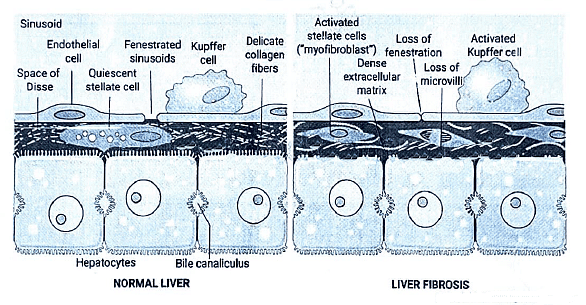
Cirrhosis of Liver - Histopathology
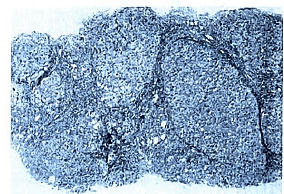
Delicate bands or broad scars, known as fibrous septa, surround multiple adjacent lobules. Parenchymal nodules are encompassed by these fibrous bands. The regeneration process involves preexisting long-lived hepatocytes and newly formed hepatocytes derived from stem cells, particularly the canals of Hering.
Question for CML: Pathology
Try yourself:
What is the process involved in the regeneration of hepatocytes in cirrhosis of the liver?View Solution
The document CML: Pathology | Medical Science Optional Notes for UPSC is a part of the UPSC Course Medical Science Optional Notes for UPSC.
All you need of UPSC at this link: UPSC
|
7 videos|219 docs
|
FAQs on CML: Pathology - Medical Science Optional Notes for UPSC
| 1. What is the pathogenesis of chronic myeloid leukemia (CML)? |  |
| 2. What are the clinicopathological features of chronic myeloid leukemia (CML)? |  |
Ans. CML typically presents with nonspecific symptoms such as fatigue, weight loss, and night sweats. Physical examination may reveal splenomegaly. Laboratory findings often show leukocytosis with a left shift, an increased number of basophils, and the presence of the Philadelphia chromosome or BCR-ABL fusion gene. Bone marrow examination demonstrates hypercellularity with an increased number of myeloid cells at various stages of maturation.
| 3. What is the etiology of cirrhosis of the liver? |  |
Ans. Cirrhosis of the liver can have various etiologies, including chronic hepatitis B or C infection, alcohol abuse, non-alcoholic fatty liver disease (NAFLD), autoimmune hepatitis, and genetic disorders such as hemochromatosis or Wilson disease. Each etiology leads to chronic liver injury and inflammation, triggering a cascade of events that ultimately result in liver fibrosis and cirrhosis.
| 4. What is the pathogenesis of cirrhosis of the liver? |  |
Ans. The pathogenesis of cirrhosis involves chronic liver injury, inflammation, and subsequent fibrosis. The initial insult, such as viral hepatitis or alcohol abuse, leads to hepatocyte cell death and inflammation. In response, the liver attempts to repair itself by activating hepatic stellate cells, which produce excessive amounts of extracellular matrix proteins (e.g., collagen). This excessive deposition of collagen leads to the formation of fibrous tissue, disrupting the normal liver architecture and impairing liver function.
| 5. What are the histopathological features of cirrhosis of the liver? |  |
Ans. Histopathological evaluation of cirrhosis reveals characteristic features such as nodular regeneration and fibrosis. The liver tissue shows regenerative nodules surrounded by fibrous septa. Hepatocytes may demonstrate ballooning degeneration, Mallory bodies (eosinophilic cytoplasmic inclusions), and steatosis (accumulation of fat droplets). In advanced stages, there may be loss of normal liver architecture, with fibrous bands replacing the normal parenchyma.
Related Searches





















